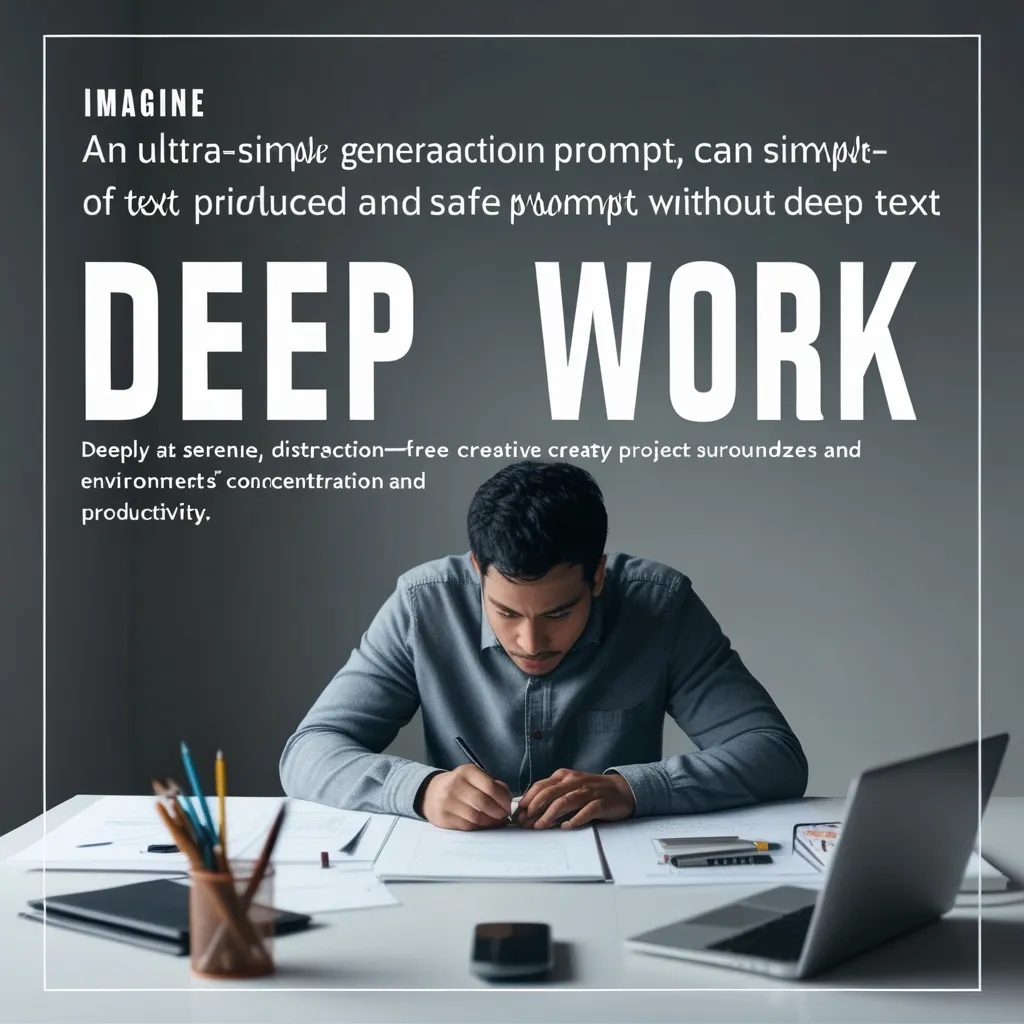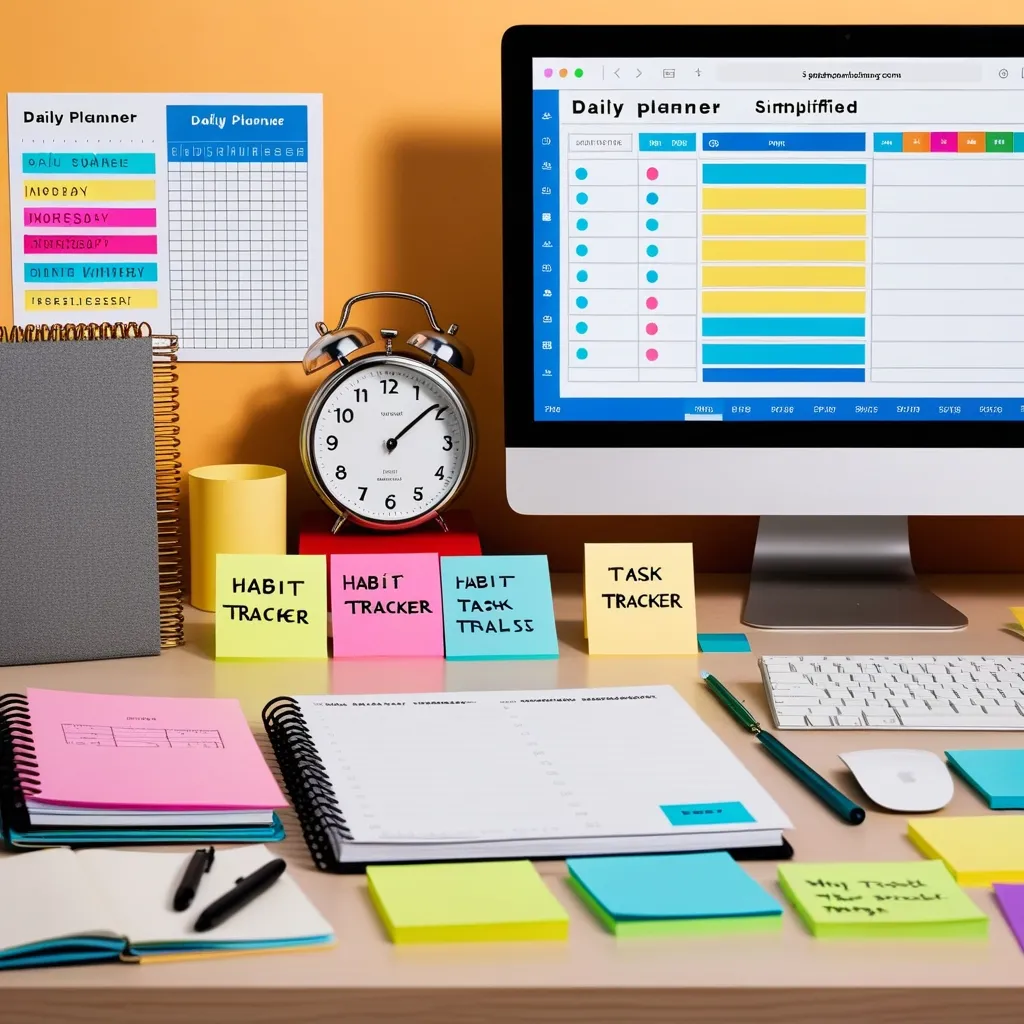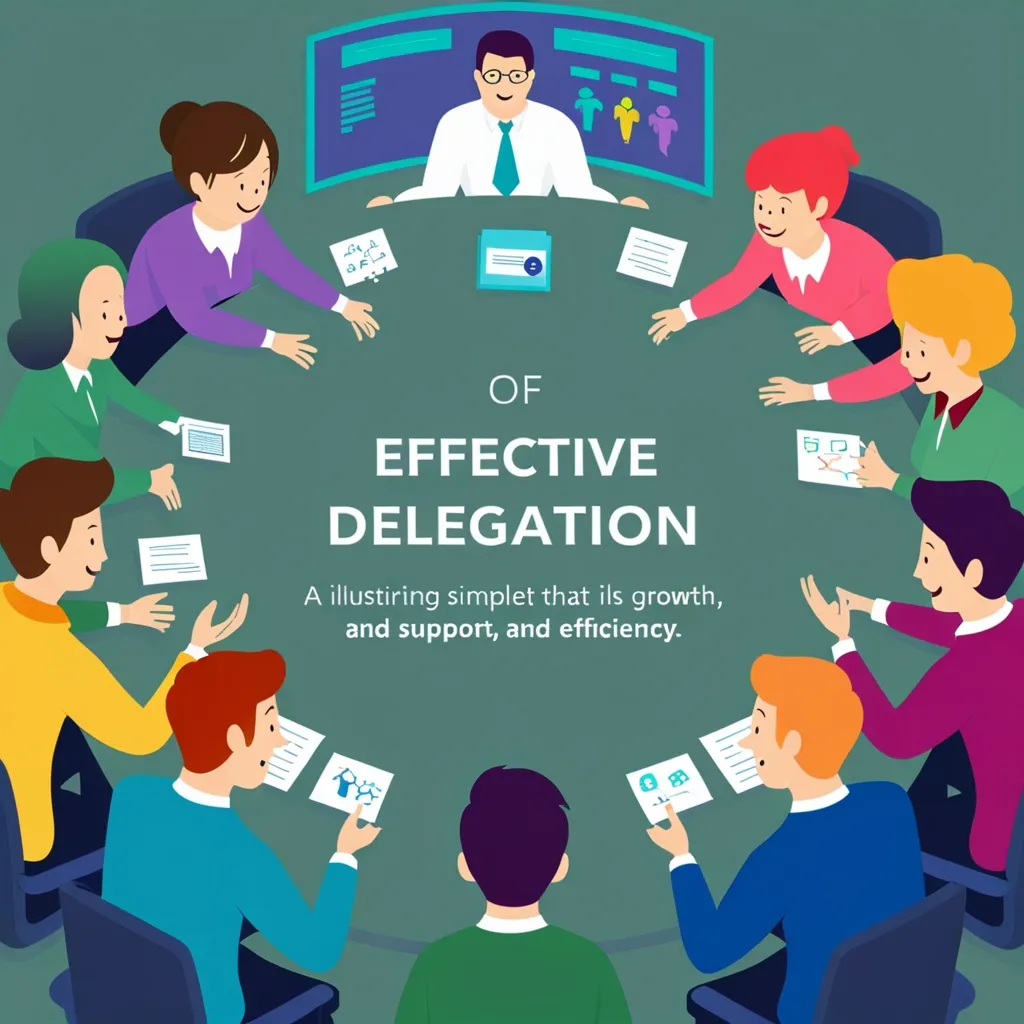Imagine you are an explorer, but instead of venturing into the wilderness or foreign lands, you are charting the uncharted territories of your own mind. This is the realm of cognitive cartography, a journey where you navigate the intricate landscape of your thoughts to uncover new ways of solving complex problems.
The Power of Visual Representation
When we think about problem-solving, we often rely on verbal or textual approaches. However, visualizing our thoughts can be a game-changer. Cognitive mapping, a technique that involves creating visual representations of our mental models, has been shown to significantly enhance our problem-solving abilities. By drawing maps or diagrams, we can organize information, identify patterns, and make connections between different pieces of data more effectively.
For instance, in educational settings, cognitive maps have been used to help students better understand and retain information. These maps can be as simple as a concept map or as complex as a detailed diagram showing the relationships between various concepts. Students who use cognitive maps tend to perform better in reasoning tasks and have a deeper understanding of the subject matter.
Uncovering Mental Models and Biases
Cognitive cartography is not just about creating visual maps; it’s also about understanding the underlying mental models that shape our thinking. Our minds are filled with biases and assumptions that can either hinder or help our problem-solving abilities. By recognizing these biases, we can take steps to mitigate them and adopt more objective and innovative thinking.
For example, when faced with a complex decision, it’s easy to fall into the trap of confirmation bias, where we only consider information that supports our pre-existing beliefs. However, by mapping out our thoughts and considering multiple perspectives, we can break free from this bias and make more informed decisions.
Navigating the Terrain of Thought
The mind is a vast and complex landscape, full of peaks and valleys that represent different states of thought and creativity. Cognitive cartography involves navigating this terrain with precision and clarity. It’s about understanding how to redirect your mental energies to tackle challenges from different angles.
Imagine you’re working on a creative project and you’re stuck. Instead of getting frustrated, you take a step back and visualize the problem as a landscape. You see different paths representing different approaches, and you choose to take the less-traveled road. This might involve brainstorming with a diverse group of people, using mind mapping to generate new ideas, or even taking a break to clear your mind.
The Role of Cognitive Operations
Cognitive cartography is deeply rooted in the cognitive operations that underpin our problem-solving abilities. These operations include comparison, categorization, and the ability to draw relationships between different pieces of information. By honing these skills, you can become more adept at navigating the complexities of your mind.
For instance, when solving real-life problems, you might need to gather information from multiple sources, compare different options, and categorize the data to make sense of it. This process involves systematic attention to each part of the problem, using operations like seriation and sequencing to understand the temporal and spatial aspects of the issue.
Enhancing Real-Life Problem-Solving
Cognitive cartography is not just a theoretical concept; it has practical applications in real-life problem-solving. Whether you’re dealing with personal finance, career decisions, or everyday challenges, this approach can help you tackle problems more effectively.
Consider a scenario where you’re planning a budget. Instead of just listing your expenses and income, you create a cognitive map that shows the relationships between your spending habits, financial goals, and available resources. This visual representation helps you identify patterns and make more informed financial decisions.
The Art of Creative Thinking
One of the most powerful aspects of cognitive cartography is its ability to foster creative thinking. By visualizing your thoughts and exploring unconventional frameworks, you can uncover new solutions to old problems.
For example, in UX research, cognitive mapping is used to understand how users interact with products and interfaces. By creating a visual representation of the user’s mental model, designers can identify gaps and inconsistencies and develop more intuitive and user-friendly designs. This same approach can be applied to any problem you face, helping you find innovative solutions by thinking outside the box.
Personal Reflection and Growth
Cognitive cartography is a personal journey as much as it is a practical tool. It involves reflecting on your own thought processes and biases, and continually working to improve your mental agility.
When I first started using cognitive maps, I was surprised by how much it revealed about my own thinking patterns. I realized that I often relied on familiar solutions rather than exploring new ones. By mapping out my thoughts, I was able to identify these patterns and make a conscious effort to approach problems from different angles.
Applying Cognitive Cartography in Daily Life
So, how can you start applying cognitive cartography in your daily life? Here are a few tips:
- Start Small: Begin by creating simple cognitive maps for everyday problems. For instance, if you’re planning a trip, map out your itinerary, including all the tasks you need to complete and the relationships between them.
- Practice Regularly: Make cognitive mapping a part of your routine. Use it for both personal and professional challenges to develop your skills over time.
- Seek Feedback: Share your cognitive maps with others and ask for feedback. This can help you identify blind spots and improve your problem-solving strategies.
- Stay Flexible: Be open to changing your approach as needed. Cognitive cartography is about exploring different paths, so don’t be afraid to pivot when a particular approach isn’t working.
Conclusion
Cognitive cartography is more than just a technique; it’s a mindset. It’s about embracing the complexity of your own mind and using that complexity to your advantage. By navigating the terrain of your thoughts with precision and creativity, you can transform every challenge into an opportunity for growth and innovation.
In this journey, you become a cognitive cartographer, charting the uncharted trails of your mind and uncovering new vistas of thought. It’s a journey that requires patience, practice, and a willingness to explore the unknown, but the rewards are well worth the effort. So, take the first step today, and start mapping your way to enhanced problem-solving and a more innovative you.






